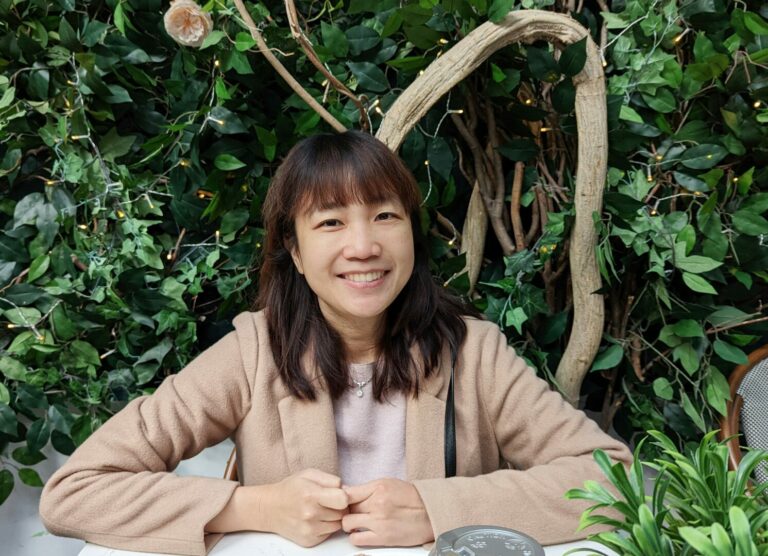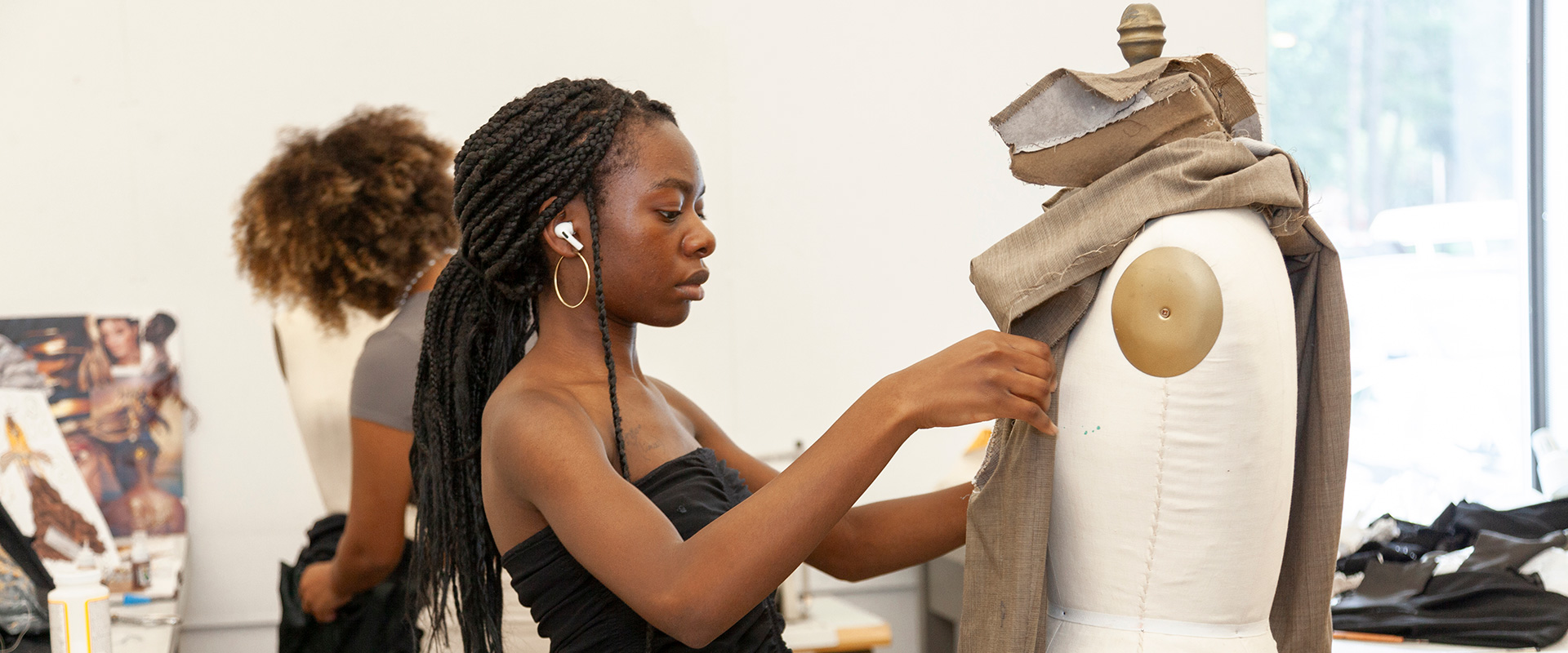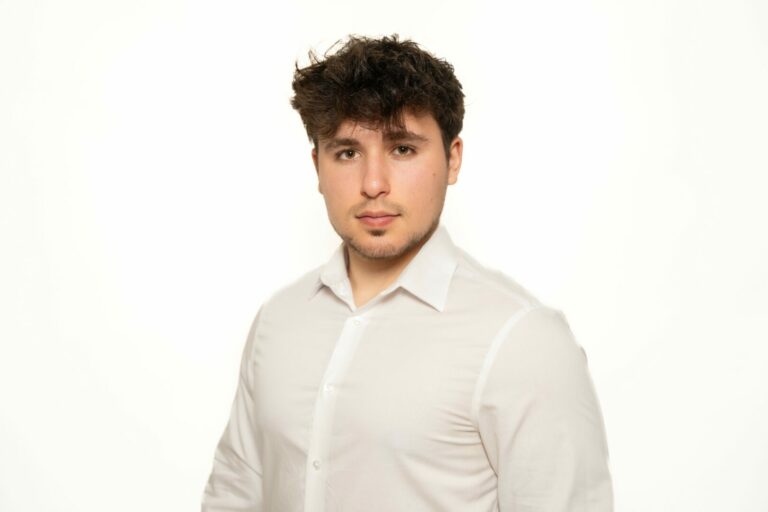We caught up with the brilliant and insightful Laurie Moore a few weeks ago and have shared our conversation below.
Hi Laurie, so excited to have you with us today, particularly to get your insight on a topic that comes up constantly in the community – overcoming creativity blocks. Any thoughts you can share with us?
One way I overcome creative blocks is by preparing for them in advance—because I know they’re inevitable. Creativity comes in seasons. Sometimes, my mind is overflowing with ideas, and other times, inspiration feels just out of reach. During those high-energy creative periods, I make a point to capture every idea, jotting them down in a notebook or as a quick note on my phone.
When I’m ready to start a new project but don’t have a clear direction, I revisit my idea bank and choose the one that excites me the most in that moment. This keeps my creativity flowing while refining ideas over time. Not every idea is a gem, but by collecting and revisiting them, I can find the diamonds in the rough. Several of my paintings over the last year originated from this process. Giving some of these ideas time to rest allows me to revisit them with a renewed perspective later, so that I may hopefully improve and build upon my original concept. For example, “Echoes of Pecan Ridge” originated from a spark of inspiration wanting to paint a skull adorned with winged insects.I later returned to this idea and built upon it by infusing story-telling elements themed by my childhood. I decided to choose monarch butterflies since I recall them always covering the trunk of the tree in my front yard, a safe refuge of shade from the sun in the Texas heat. Growing up, there was a skull in my home. Made of resin, and with a bottle cap lodged in only one eye socket, it sat atop a defunct Encyclopadeia Brittania book case. I always wanted to take the bottle cap out, but my father wouldnt let me. He had brought this token home with him in the eighties from when he lived in Germany while serving in the Army. This always held my interest because even visiting Germany seemed like an adventurous fairytale to someone like me who lived in oppressive poverty on the opposite end of the earth. I remember how sharply the southern sun used to slice sections across the thick air of our living room, while my father would fall asleep with lit cigarettes still in hand. My original idea was several steps removed from my eventual painting, which contained pieces of my childhood memories growing up in small blue house on Pecan Ridge Rd. If a collector were to be interested in my painting, I now have a rich tapestry of storytelling motifs I can elaborate on. This gives me a stronger connection to my own work, which I believe also contributes to it’s ability to resonate with others. The future collector of this piece will form their own connections to the work, enhanced by my history.
This system prevents dry spells and relieves the pressure of coming up with something brilliant on the spot. You may think you’ll remember a great idea when it strikes, but chances are, without a little help, it’ll slip away. Having this process in place has been invaluable to my creative journey.
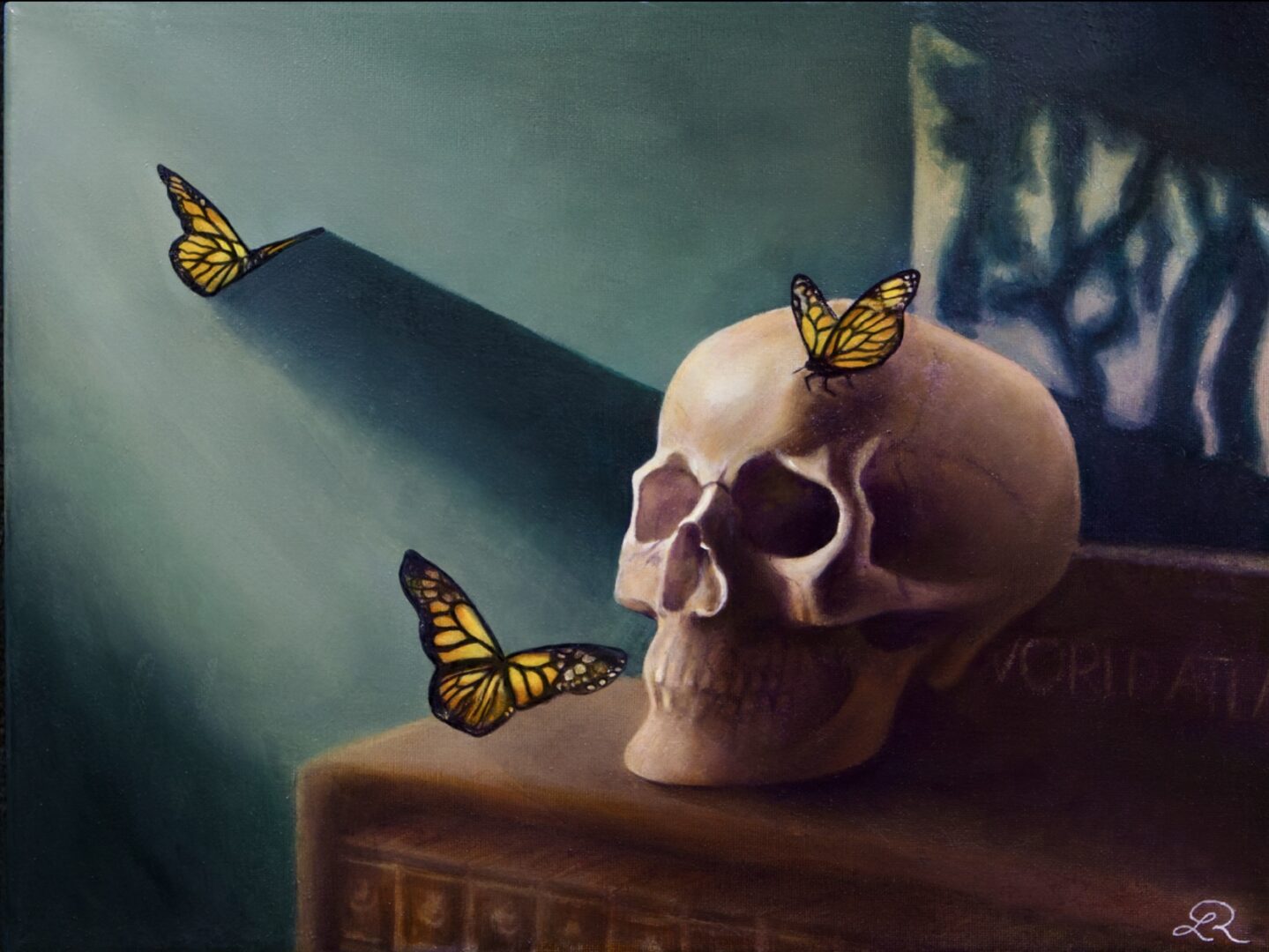
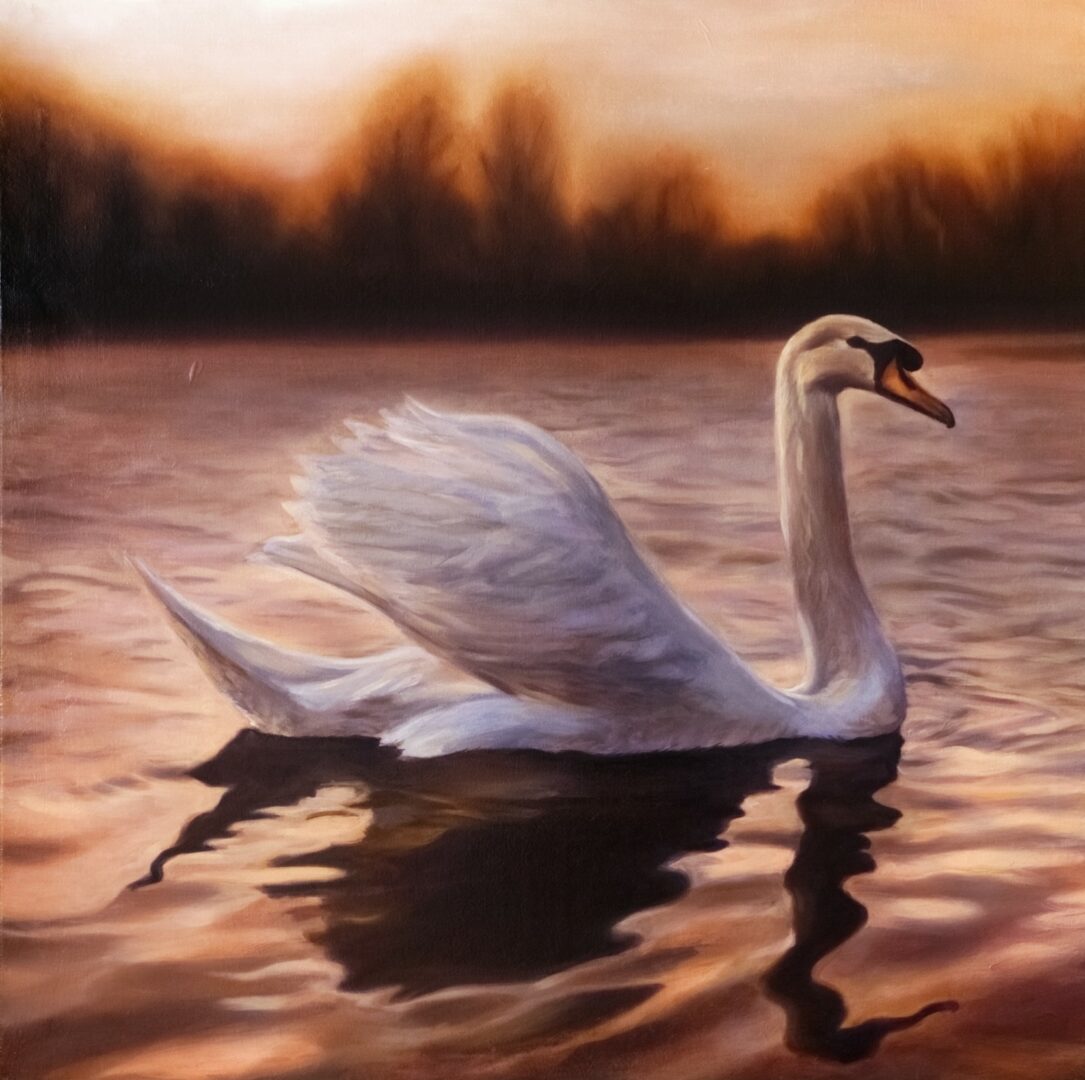
Great, so let’s take a few minutes and cover your story. What should folks know about you and what you do?
Spreading the Word About My Art
My passion is bringing images to life through paint. My dream is to have a steady stream of portrait commissions, ideally facilitated by an agent or agency, allowing me to focus on what I do best—creating. Instead of juggling every aspect of my business alone, I see value in a partnership model where a team helps elevate the work further than I could on my own. Some artists debate the costs of commissions paid to galleries or agents, but I view it as part of doing business. If it allows me to focus on my craft and produce better work, then it’s worth it.
I approach my painting practice as a balance between two forces—on one side, everything I would create purely for myself, and on the other, work made entirely for others. I aim for the intersection where both meet: authentically creating while sustaining an income that allows me to dedicate my life to art. I don’t want painting to be a side pursuit while my primary income comes from another job. I want to build a career that enables me to create as much as possible over my lifetime.
Last year, I participated in professional art fairs, and I expected to do the same this year. However, after reevaluating the current political and economic climate, I’ve decided to focus my efforts elsewhere. While I still work toward becoming a sustainable full-time artist, I’m shifting my approach and exploring different avenues.
My Artistic Process
As my artistic process evolved, I found myself experimenting with different mediums. While I initially worked primarily in acrylics, I’ve now transitioned to a hybrid approach—starting with acrylic underpaintings and finishing in oil. The underpainting serves as the foundation, helping me map out composition and structure. This approach allows me to build depth and luminosity in my work.
Art is the one passion I’ve never outgrown. I’ve picked up and mastered other interests in the past, only to lose interest over time, but I always return to painting. After COVID, that pull became stronger than ever, and I became more disciplined and serious about my practice. Choosing to pursue art as my main career rather than nursing—or any of my previous professions—was a journey in itself. Sorting through the internal dialogue and doubts that came with that decision was just as much a part of my creative evolution as my technical growth.
I’m also a mother of three, and much of my time is dedicated to my role as a matriarch and primary caregiver for my two-year-old daughter. At this stage in life, it’s difficult to maintain a consistent work pattern. Some days, I can carve out time for my art, but more often than not, I find myself struggling to fit it in. And even when I do, energy is another factor. I have to be mindful not to push myself to the point of burnout—because if I’m exhausted, I won’t be able to do either role well.
That said, even when I can’t physically paint, my mind never stops working. I’m constantly thinking about art, writing down ideas for the future, or reading books by other artists. I believe growth isn’t just about time spent with a brush in hand—it’s also about knowledge, observation, and intention.
My Creative Focus
My artistic voice continues to evolve, but if there’s one consistent thread in my work, it’s my attention to detail. My subject matter varies, but each piece represents a challenge—something I want to understand better or master. Often, I’m inspired to paint because of a technical aspect I haven’t yet conquered, like the way light interacts with a surface. That’s the analytical side of my creativity.
However, I also want my paintings to connect on a personal level. One way I’ve approached this is by choosing subjects that satisfy my curiosity while also holding a deeper personal meaning. For example, I’m currently working on a piece I jokingly call a “self-portrait,” even though it’s not a portrait of me. It depicts an African savanna with golden grasses and zebras in the distance. In the foreground stands a Dalmatian—an animal that, despite its black-and-white markings, doesn’t belong in this scene. This painting is a visual metaphor for my own feelings of not quite fitting in, no matter where I am. Even within the art world—a space that embraces individuality—I sometimes struggle to find my place.
From a technical standpoint, this piece is pushing me in ways I didn’t anticipate. Creating a believable scene from imagination requires a deep understanding of perspective, light, and atmosphere. I’m not just replicating a reference image; I’m constructing a world from scratch. The challenge is exhilarating and humbling—every time I think I’ve mastered something, I realize how much more there is to learn.
What’s Next?
I’m excited to participate in ‘Face Off’ at The Box Factory in St. Joseph, Michigan, where a select group of portrait painters will create live portraits of models in front of an audience. This fundraising event is an immersive experience, with live music and a cash bar. Attendees can move throughout the space, observing different artists’ creative processes in real time. At the end of the evening, completed portraits will be available to purchase via silent auction.
This event is a great opportunity for art lovers to witness the portrait painting process up close and for me to challenge myself in a high-energy, live setting. I’m looking forward to the experience and hope to see some familiar faces there!
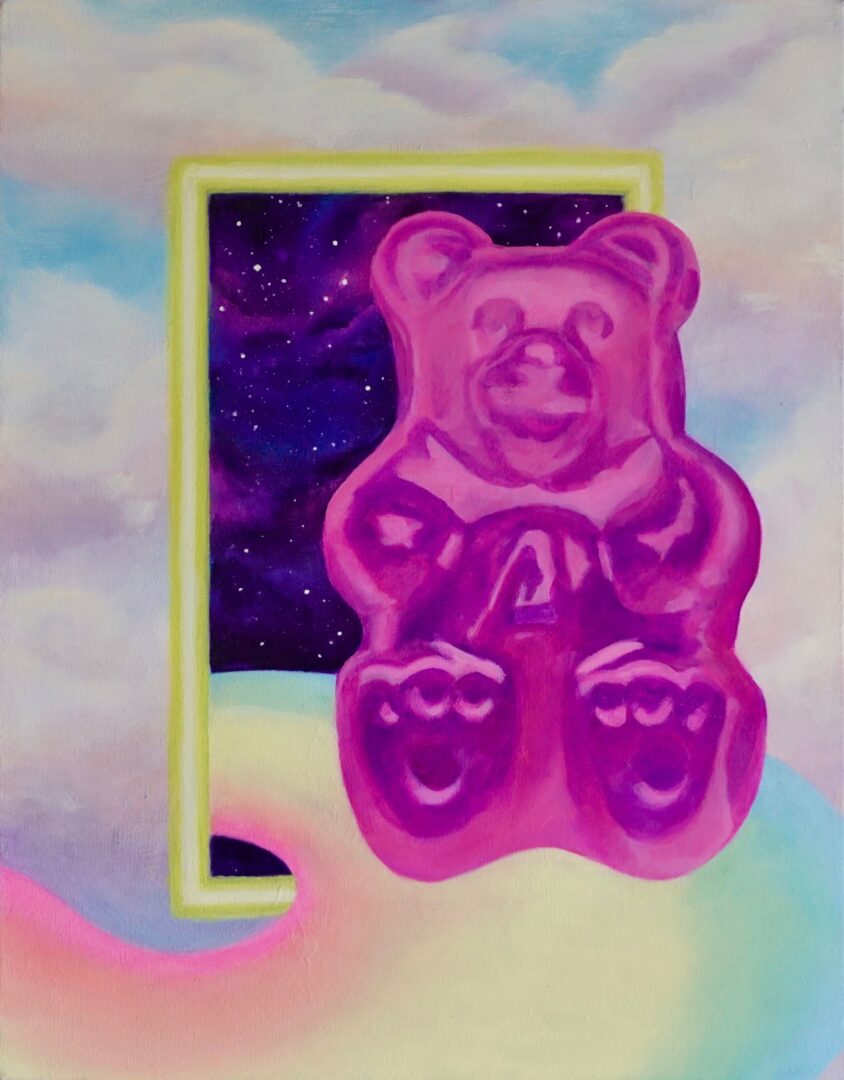
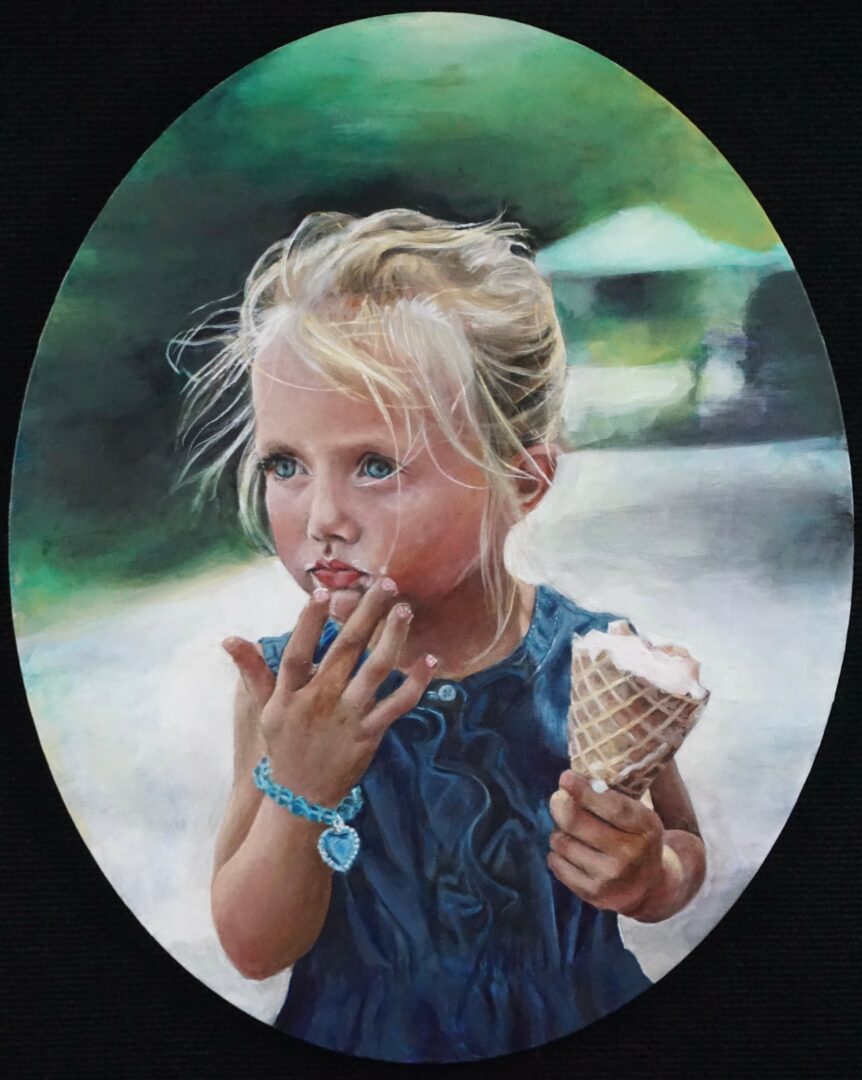
If you had to pick three qualities that are most important to develop, which three would you say matter most?
Looking back, the three qualities that have been most impactful in my artistic journey are curiosity, the ability to hyper-focus, and strong visual instincts.
Curiosity drives me to keep learning and improving. It pushes me to analyze why I’m drawn to certain images and how I can apply those elements in my own work.
Hyper-focus allows me to fully immerse myself in the process, losing track of time as I refine details and bring a piece to life. While this can sometimes be a double-edged sword, it has helped me develop discipline and patience in my work.
Strong visual instincts help me make compositional and stylistic choices that feel natural and compelling. While much of art can be learned, having an intuitive sense for things like balance, contrast, and movement has helped guide my creative decisions.
My advice for emerging artists is to embrace consistency. Art is a skill that improves with practice. The more you create, the more you’ll see improvements in both your technical abilities and your confidence in your artistic identity. It’s important to remember that every artist has their own unique process, and finding what works best for you is essential. Take the time to experiment and refine your approach. Try different techniques, but don’t be afraid to embrace what feels authentic to you, even if it doesn’t always align with the expectations of others.
Another key aspect of the artistic journey is accepting that failure is part of the process. We all make mistakes, but it’s through these missteps that we learn and grow the most. Rather than being discouraged by challenges, use them as opportunities to push yourself forward. Growth often comes from embracing those moments of discomfort and learning from them.
Lastly, stay curious and open to new experiences. Art is constantly evolving, and so should you. Explore new mediums, try different subjects, and push yourself to experiment with fresh techniques. This sense of curiosity is where innovation thrives, and it will keep your practice dynamic and evolving. The more you embrace change and push your boundaries, the more you’ll discover about your own artistic potential.
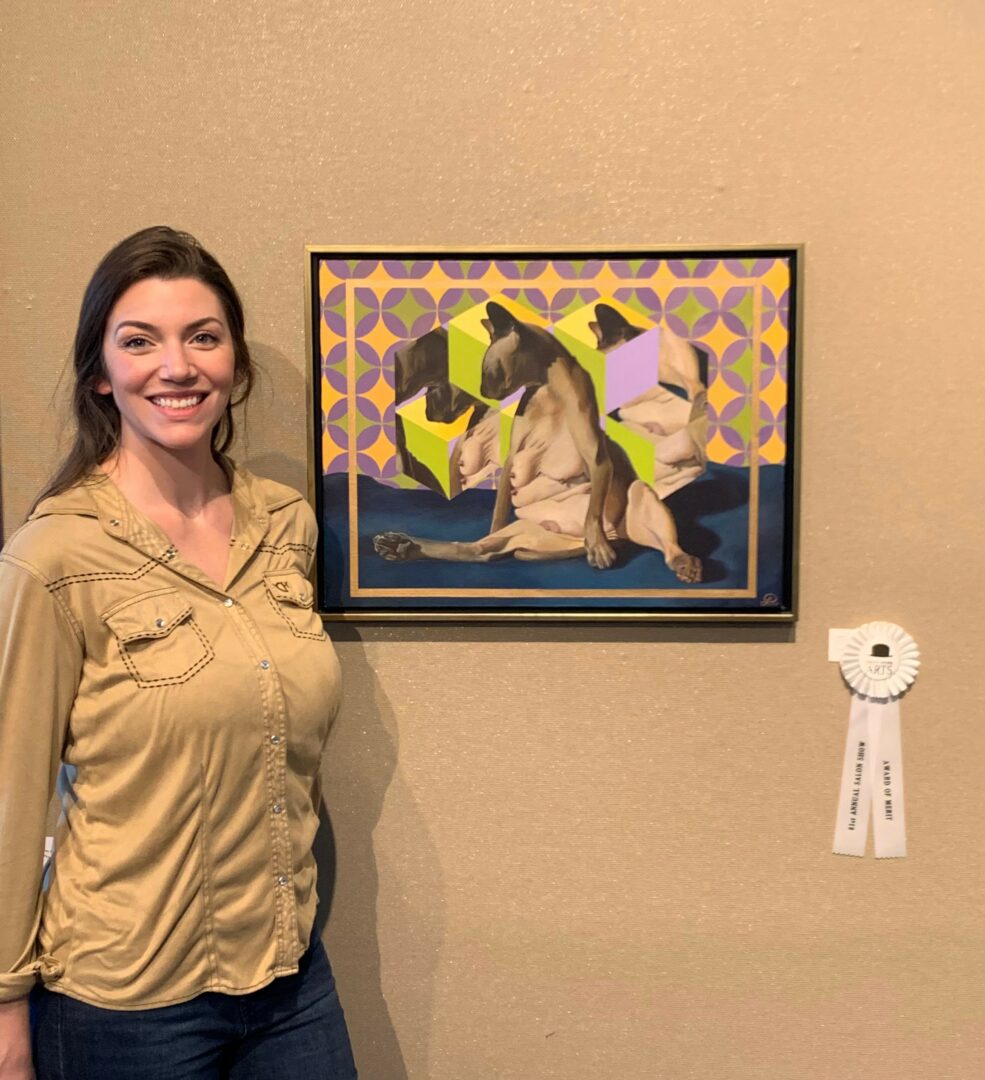
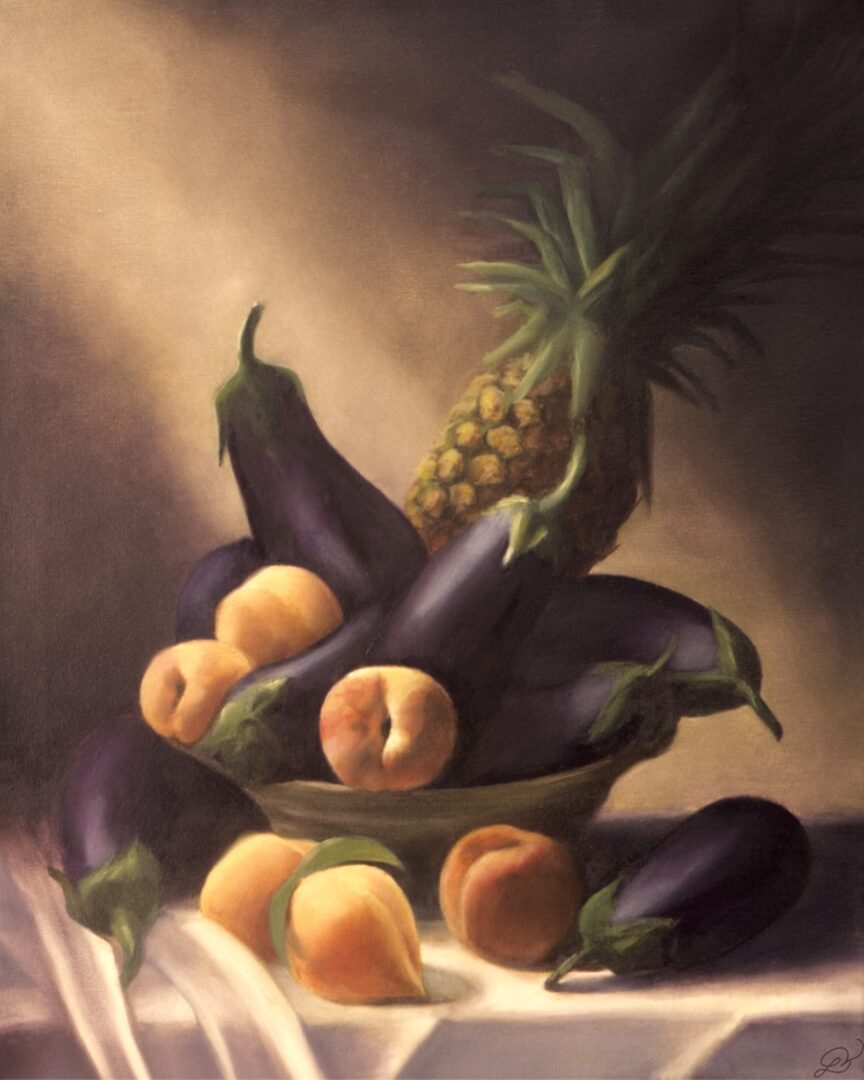
Okay, so before we go we always love to ask if you are looking for folks to partner or collaborate with?
Yes, I am very open to collaborations and partnerships that are mutually beneficial and allow me to generate revenue from my artwork. I am particularly interested in working with individuals or organizations who share my vision and passion for fine art. For example, I would love to collaborate on commissioned projects, whether they are for private individuals or corporations. I’m also open to gallery partnerships to help sell my existing artwork, as well as to representation by an agent or agency for clients seeking to enhance their legacies through classic, hand-painted portraits.
These portraits could include depictions of family members, government officials, business professionals, or memorial portraits. I’m also happy to work on other types of “portraits,” such as of pets or architectural structures.
Additionally, I have a strong interest in building a YouTube channel to share my skills with others who are teaching themselves to paint classical portraits. Generally, in the United States, we don’t have a formal atelier system like other countries, where masters pass down their knowledge to apprentices. I’ve found that learning these techniques is often a difficult and isolated journey, especially when traditional art education doesn’t always provide the depth needed. If I can help others navigate this challenge, I’d love to do so. I also see this as a practical opportunity to create another income stream. However, as a painter, I don’t have the expertise in video production or vlogging. So, I’m either looking to develop these skills myself or collaborate with someone who already excels in that area.
If you’re interested in partnering on any of these endeavors, feel free to reach out to me through email. I’d be thrilled to explore possibilities together.
Contact Info:
- Website: https://www.MooreThanPortraits.com
- Instagram: https://www.instagram.com/lrm_artwork/
- Facebook: https://www.facebook.com/LaurieMooreArtwork/
- Linkedin: https://www.linkedin.com/in/lauriereneemoore
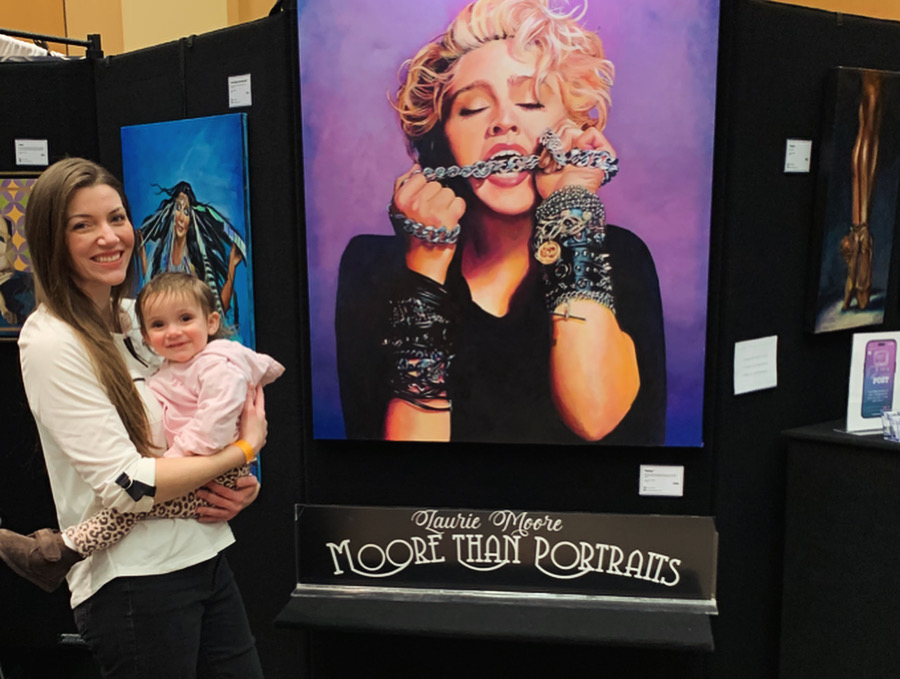
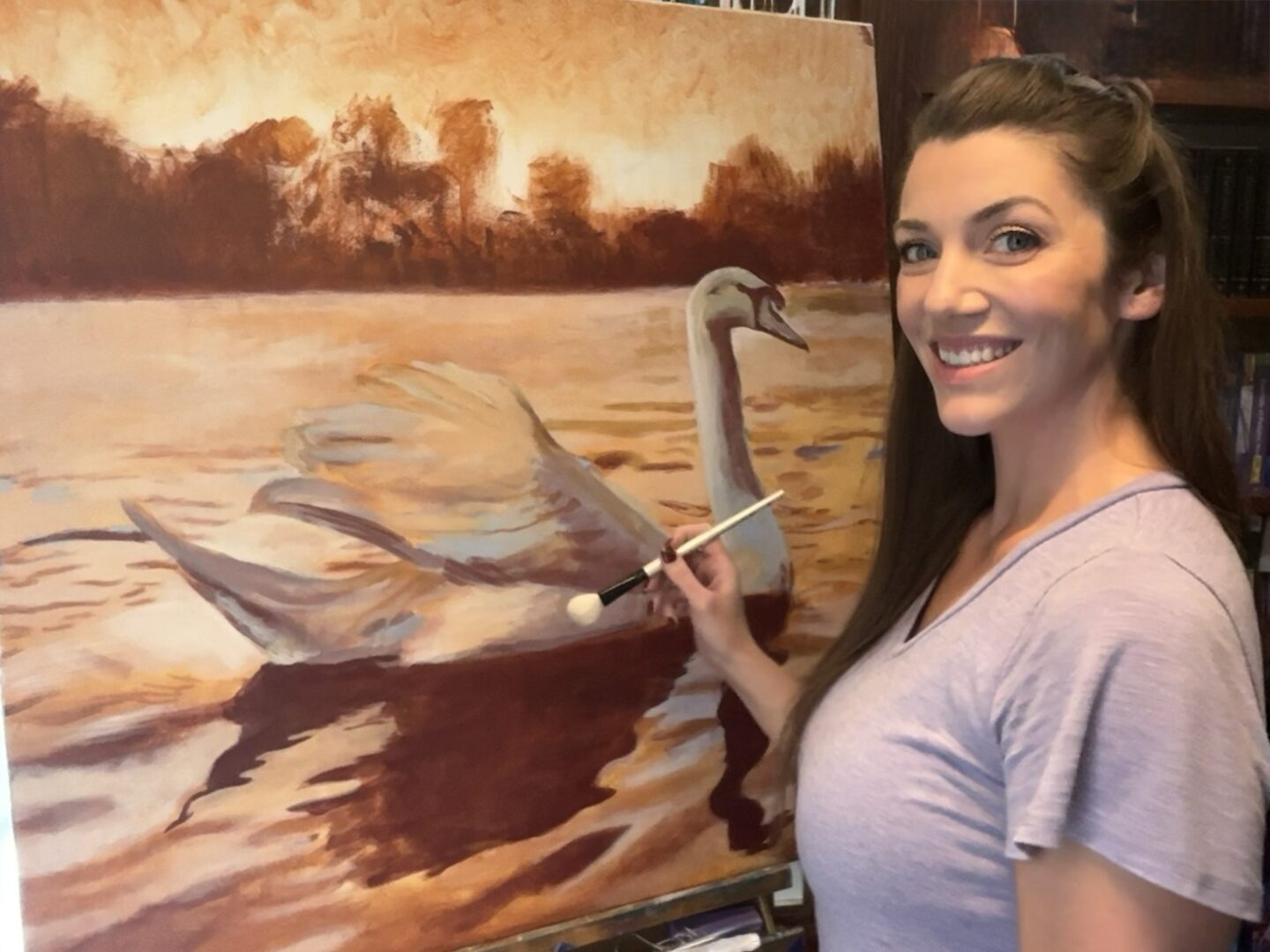
so if you or someone you know deserves recognition please let us know here.


